Growing your own? The big mistake you have to avoid
An abundance might sound like success for a gardener, but if you're growing crops at home to supply your own needs, then little and often is a much better aim. Mark Diacono explains.
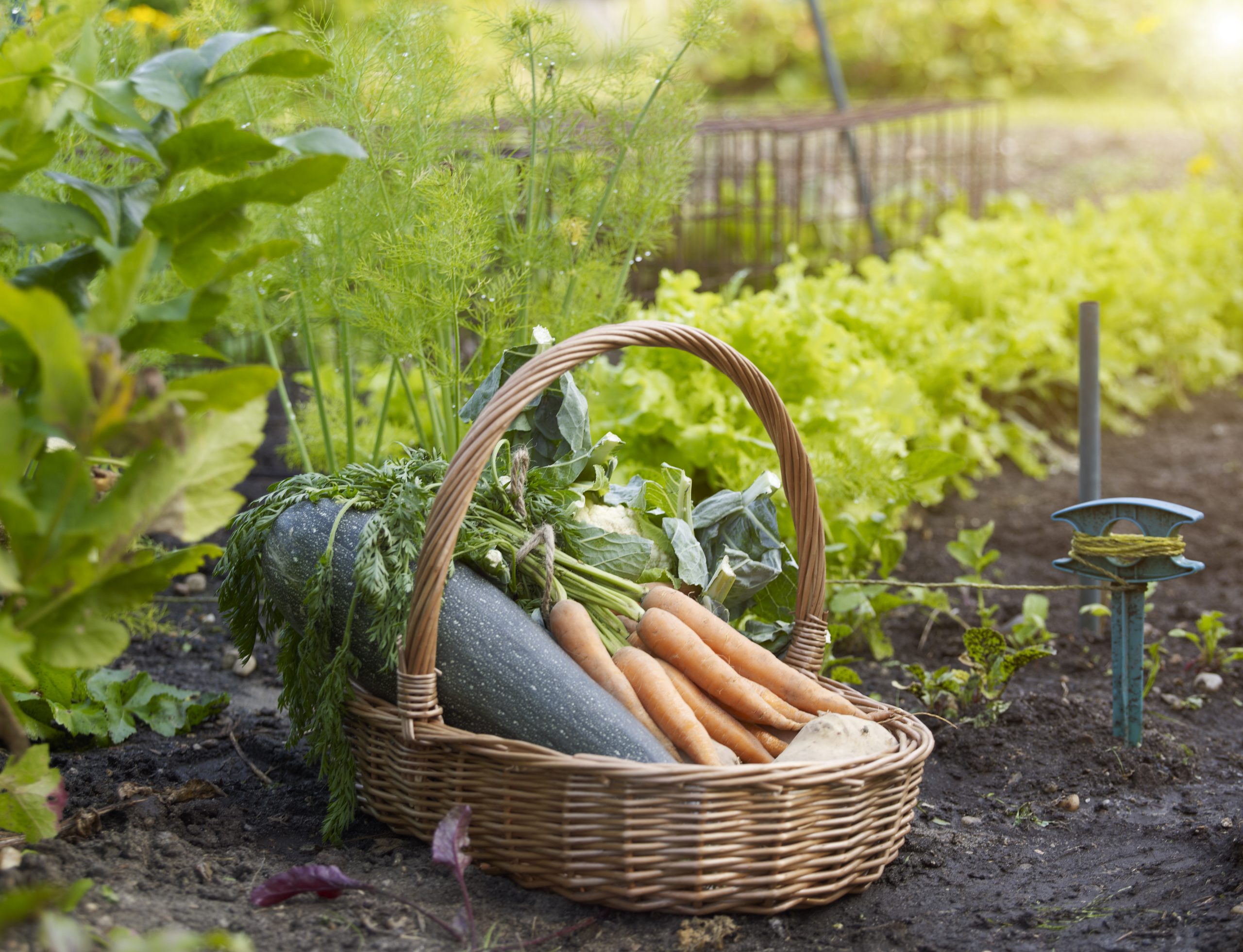

We gardeners are used to taking every measure available to us when sowing seeds. We study the back of seed packets, listen to the weather forecast, check a phone app, stare at the sky; tea leaves may even be read in the search for optimal sowing.
Although we dedicate ourselves to the start of our plants’ lives, we are not always so mindful about their end when we make our plans. I’m not the only person to have sown at the right time and then found himself wheeling a barrowful of runner beans to the house, the feeling of triumph mixed with that sinking sensation when I contemplate the amount of chutney that I (and everyone I know) will be eating over the coming year.
Of course, there are times — such as when I’m making cider or raspberry jam — when I want a large haul, but, for the most part, a steady supply is what I’m looking for.
There is no aspect of gardening that I am emailed about more commonly than this; it is perhaps what we consider the most vital indicator of kitchen-garden success. Happily, successional harvesting is entirely achievable, with a little forethought.
"The urge to sow in volume at once can be strong — it’s a line ticked off the to-do list— but we must resist"
Careful selection of varieties can bring a ‘natural’ incremental supply. You can eat homegrown apples for 12 months of the year; potato varieties are handily grouped into Early and Main-crop divisions and subdivisions; autumn raspberries fruit later than summer cultivars and so on. Attention to variety descriptions can extend this further: for example, by growing different varieties, it’s perfectly possible to harvest sprouting broccoli for the coolest six months of the year, with each cultivar peaking at different times. This works well for many perennials, for plants—such as sprouting broccoli — that are in the ground for much of the year and where the slower speed of growth means the moment of harvest is measured in days and weeks.
For more quick-turnaround, short-shelf-life crops, where the perfect time to harvest is measured in hours or even minutes — peas, coriander, salads, radishes and more — too large a harvest is even harder to deal with: a glut inevitably means wastage. The way to deal with these crops is by adopting a ‘little and often’ approach in sowing.
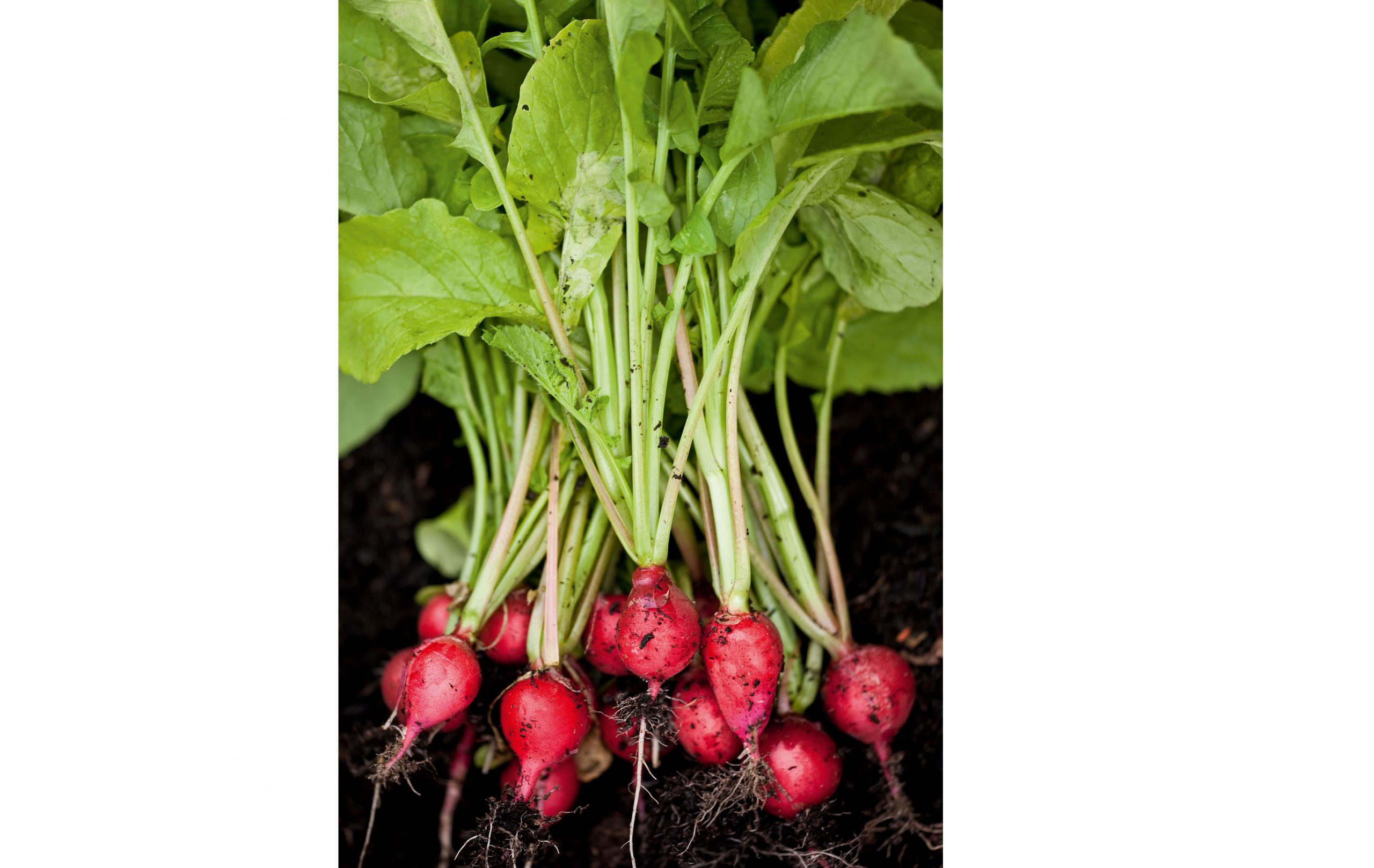
The urge to sow in volume at once can be strong — it’s a line ticked off the to-do list— but we must resist. Rather than sowing, say, 24 broad beans or lettuces at once, sow 12 now, then 12 in four weeks’ time. You can exaggerate the effectiveness of this by sowing each batch of 12 seeds under different conditions: sowing four in a propagator, four in the greenhouse and four direct in the soil will cause them to develop at different rates and reach maturity at different times. This ensures you get smaller, repeated harvests — with luck, one lettuce a day rather than 24 ready in the same week — so that you never get overtaken with a crop and that there is also always more following on soon.
Exquisite houses, the beauty of Nature, and how to get the most from your life, straight to your inbox.
An important tip that’s hard to over-emphasise is this: as you go to plant out seedlings you’ve started under cover, put them down and sow a fresh batch before you plant them out. It’s so easy to get caught up in the garden once you are planting out; sowing the next batch first ensures you will have plants — and, therefore, food — to follow on when these new seedlings have been exhausted.
Succession also takes another form: when one crop is harvested, what takes its place? Drawing up a plan for your kitchen garden is what most of us do. Many make one for the start of the season, but
it can be easy to let things come apart at the seams once the first crop is taken. Of course, it’s an inexact science — much depends on the weather, the relative abundance of pests and so on — but noting on the plan when each first crop is likely to be harvested means it will become second nature to ask yourself early questions such as: ‘When the potatoes come up, what goes in?’ This can even help with when to sow that second crop: you might be more relaxed about not risking early sowings of, say, courgettes when you realise they will likely be ready to plant out before space is available.
Mark Diacono grows his own at Otter Farm
Horticultural aide-mémoire - Harden off
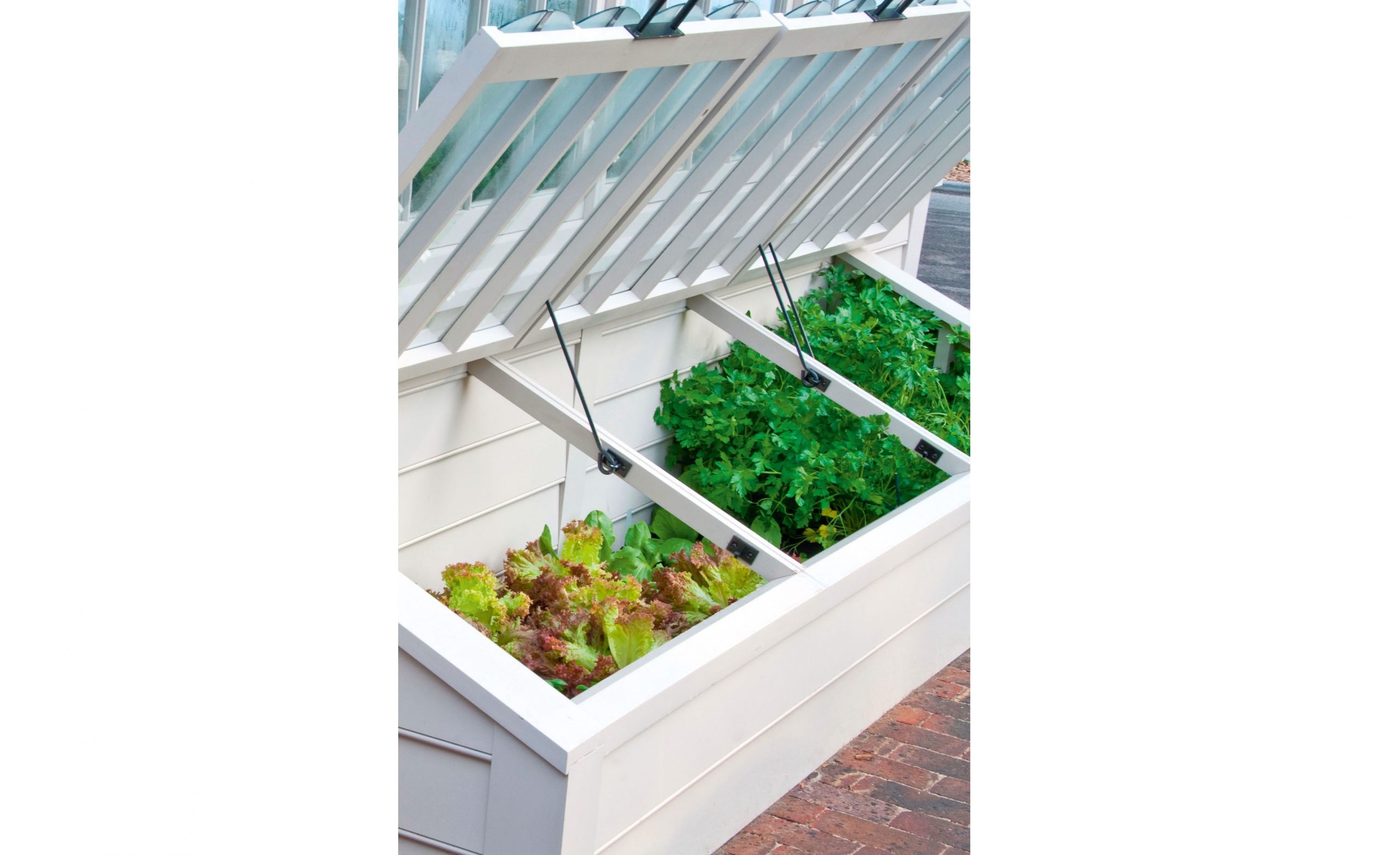
Half-hardy plants, those that spend the winter indoors and summer out, need to be gradually accustomed to the transition — and May is the month to do it. Move the plants to a cold frame and secure the lights closed. During the day, give a little air by propping the lights open, then shut them at night. Develop this theme over the next three weeks, opening the lights wider each week, then, in the last week, remove the lights altogether. If frost threatens, put the lights back on and cover them with matting. The first of next month is the day of liberation. Stephen Desmond
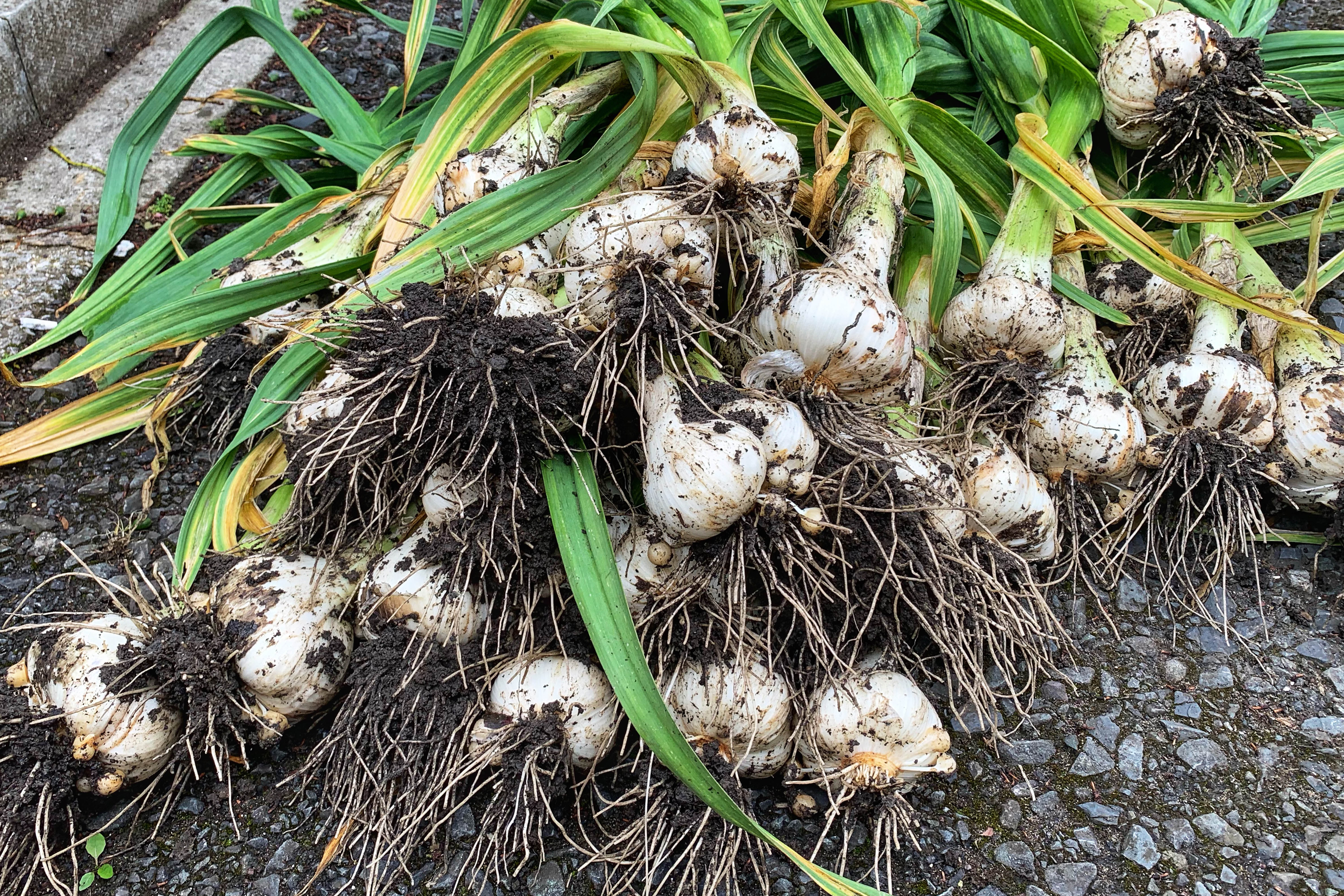
Credit: Getty Images
How to grow garlic: Delicious, lucky and superbly easy to cultivate
Mark Diacono teaches us how to grow garlic.
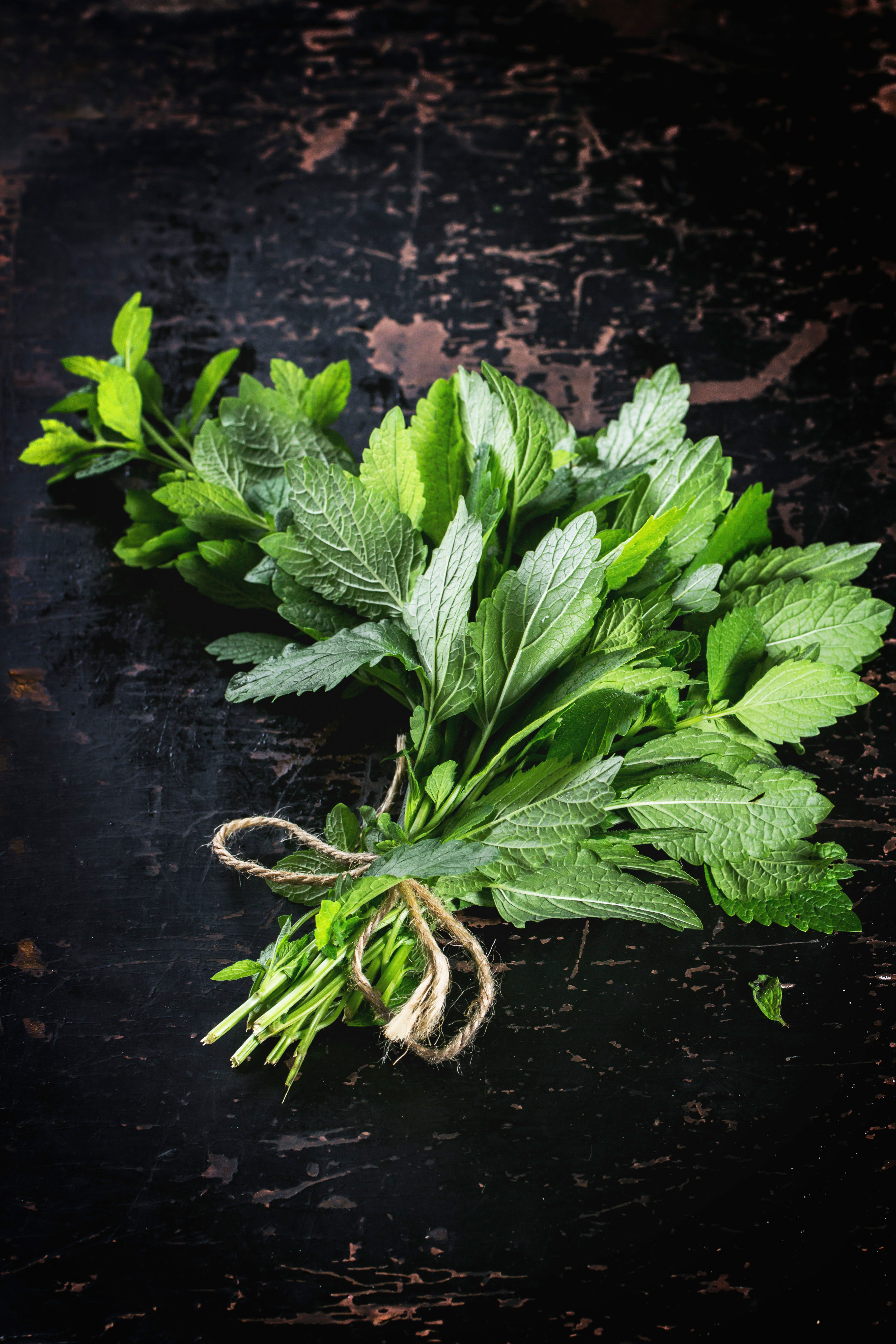
Credit: Alamy
Cultivating mint: What varietals to plant, where to plant them and whether they should be used for jelly or juleps
Mark Diacono explains why mint is for even the incurably incompetent horticultural enthusiast.
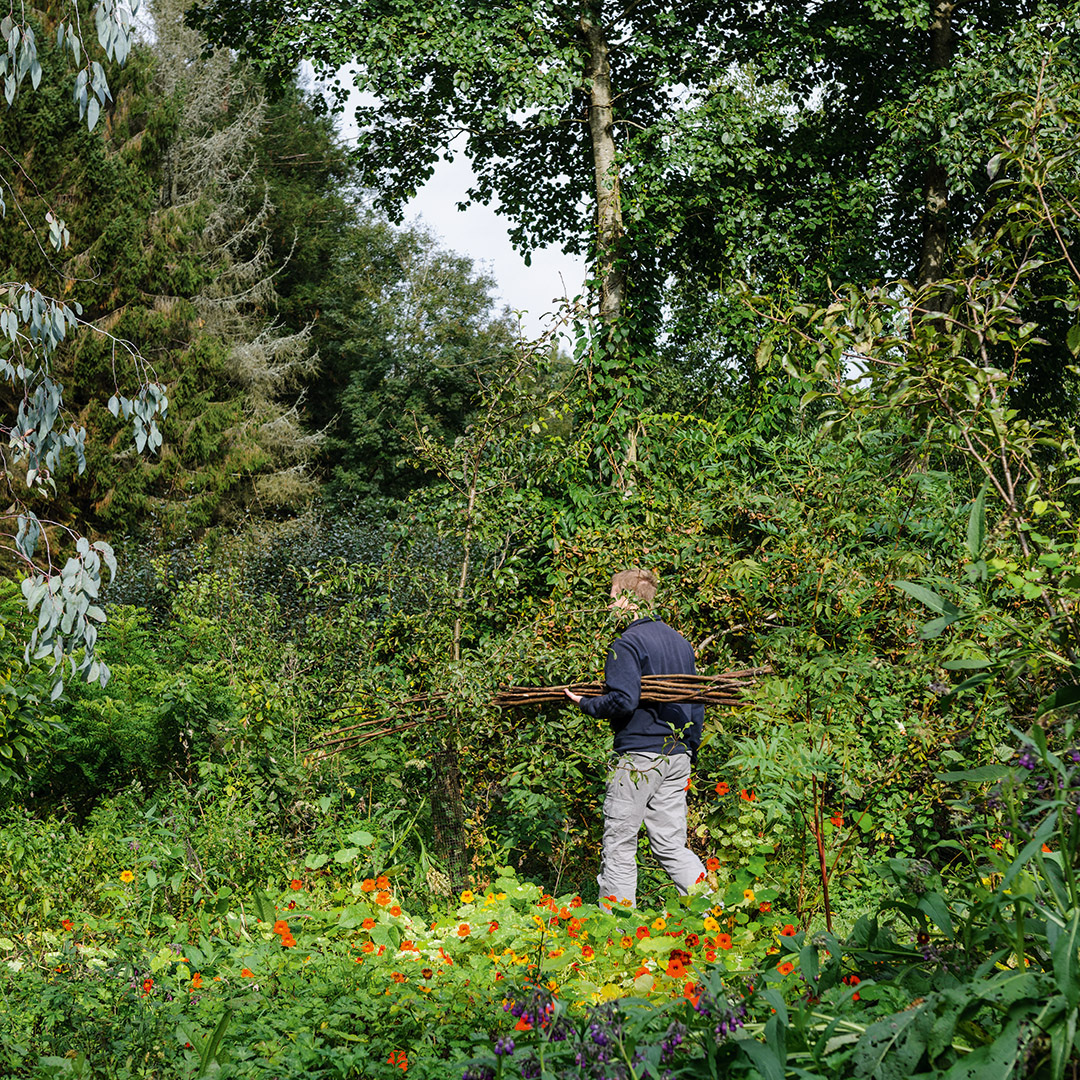
The forest garden in Devon 'with an air of Willy Wonka’s chocolate factory'
Mark Diacono on Martin Crawford, the man who has inspired him for decades.
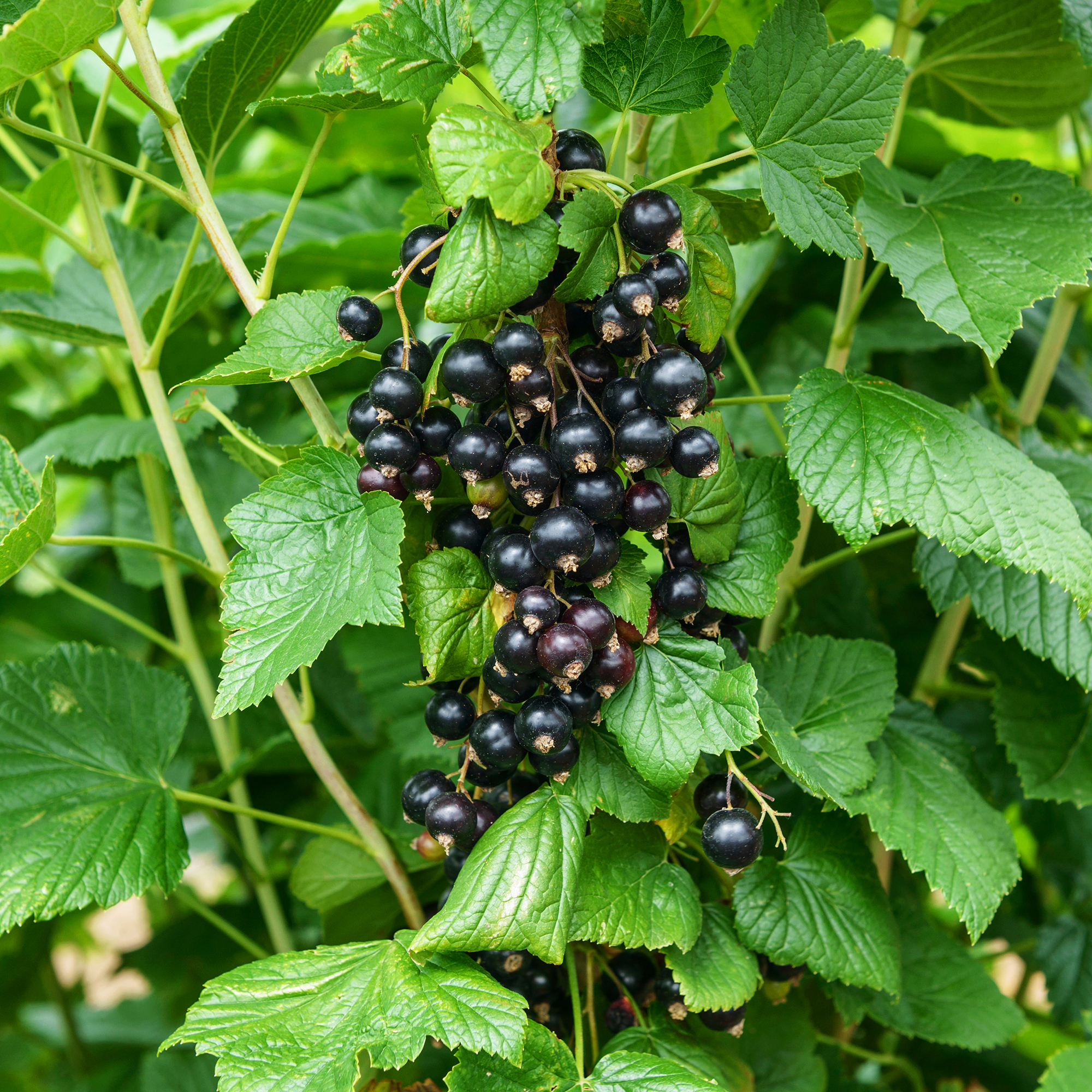
Blackcurrants: Easy to grow, endlessly versatile, and why home-grown is way better than you'll find in the shops
Mark Diacono makes a case for blackcurrants being one of the best — and simplest — fruits to grow in
Mark is lucky enough to spend most of his time eating, growing, writing and talking about food. He has written fourteen award-winning books, including A Year at Otter Farm and A Taste of the Unexpected (both won Food Book of the Year, and Garden Book of the Year). Known for growing everything from Szechuan pepper to pecans to Asian pears, Mark's refreshing approach to growing and eating has done much to inspire a new generation to grow some of what they eat. He was involved in the early days of River Cottage, appearing in the TV series, and writing four River Cottage books. Mark writes to a global audience on his best-selling Substack: Mark Diacono’s Abundance.
-
 Northwold Manor: 'A place of delight once more after half a century of chaos and neglect'
Northwold Manor: 'A place of delight once more after half a century of chaos and neglect'A heroic restoration project has transformed Northwold Manor in Norfolk — home of Professor Warwick Rodwell and Ms Diane Gibbs — after more than 50 years of being left neglected. It has also illuminated its remarkable history, as John Goodall explains; photography by Paul Highnam for Country Life.
-
 In search of London’s earliest pint
In search of London’s earliest pintEarly houses — pubs open in the early hours to feed and water the market trade — have been a cornerstone of London for centuries. Yet, as Will Hosie finds, they aren’t stuck in the past.
